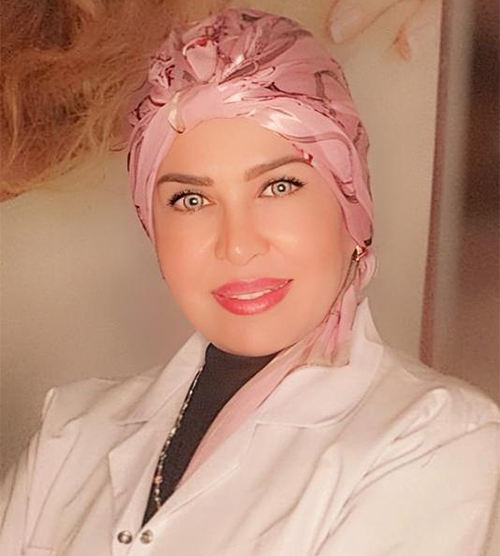SURGICAL SPERM RETRIVAL(SSR)
One of two things can result in the absence of sperms in the ejaculate:
- THE TESTICLES DO NOT PRODUCE ENOUGH SPERM TO BE EJACULATED NORMALLY.
- SPERM ARE UNABLE TO REACH THE SEMINAL FLUID BECAUSE OF OBSTRUCTION OR ABSENCE OF THE TUBE THAT CARRIES SPERM FROM THE TESTES.
Sperm may be obtained from the epididymis or the testis directly, in cases such as those mentioned previously. The acquired sperm may then be used in an IVF cycle employing ICSI, if the sperms are suitable.
Surgical sperm recovery is performed under local or general anesthesia.
THREE TECHNIQUES EXIST:
I. PERCUTANEOUS EPIDIDYMAL SPERM ASPIRATION (PESA):
If a blockage in the epididymis or congenital absence of the vas deferens (the drainage tube of sperm from the testis to the penis) is the cause for Azoospsermia (no sperm in the semen), then this procedure is indicated for obtaining sperm. A very fine needle is insured into the epididymis (the sperm collecting tube outside the testis) and sperms are aspirated. This procedure is performed under local anaesthesia, requires no incision, and the patient can get back to work the same day.
II. TESTICULAR SPERM ASPIRATION (TESA):
In some men the production of sperms in the testis is very low and no sperms are seen in the semen. TESA is a way of obtaining the few sperms that are available in the testis. Using local anaesthesia, a needle is inserted into the testis to obtain some tissue. This tissue is carefully dissected in the laboratory and the sample is examined under a microscope to detect sperm. The sperms obtained may be useful for ICSI or frozen for later use.
III. TESTICULAR SPERM EXTRACTION (TESE):
In some cases tissue is obtained directly after a small incision is done to open the scrotum covering the testis. Tissue is incised and given to the IVF lab for dissection and preparation.
Meet Our Doctors
Our team

Dr. Mohamed Osama Taha

Dr. Gomathy Nachimuthu

DR. IBTESAM SHEYA A. SHANEEN AL JABAWY


